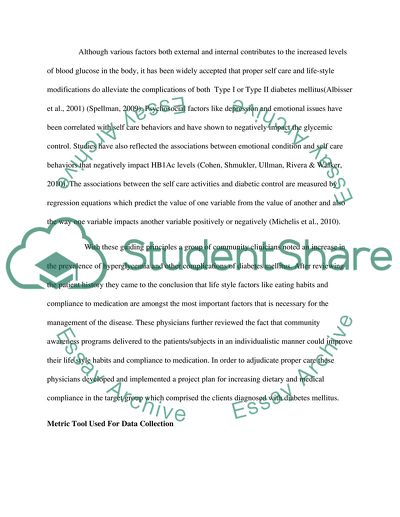Cite this document
(“Self-Efficacy Tools in the Management of Diabetes Mellitus Assignment”, n.d.)
Self-Efficacy Tools in the Management of Diabetes Mellitus Assignment. Retrieved from https://studentshare.org/health-sciences-medicine/1683068-assignment-3
Self-Efficacy Tools in the Management of Diabetes Mellitus Assignment. Retrieved from https://studentshare.org/health-sciences-medicine/1683068-assignment-3
(Self-Efficacy Tools in the Management of Diabetes Mellitus Assignment)
Self-Efficacy Tools in the Management of Diabetes Mellitus Assignment. https://studentshare.org/health-sciences-medicine/1683068-assignment-3.
Self-Efficacy Tools in the Management of Diabetes Mellitus Assignment. https://studentshare.org/health-sciences-medicine/1683068-assignment-3.
“Self-Efficacy Tools in the Management of Diabetes Mellitus Assignment”, n.d. https://studentshare.org/health-sciences-medicine/1683068-assignment-3.


